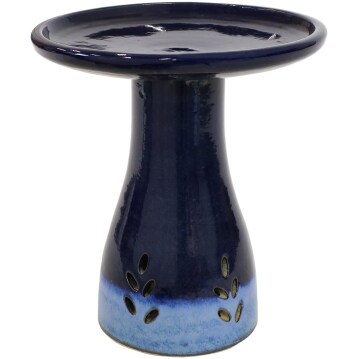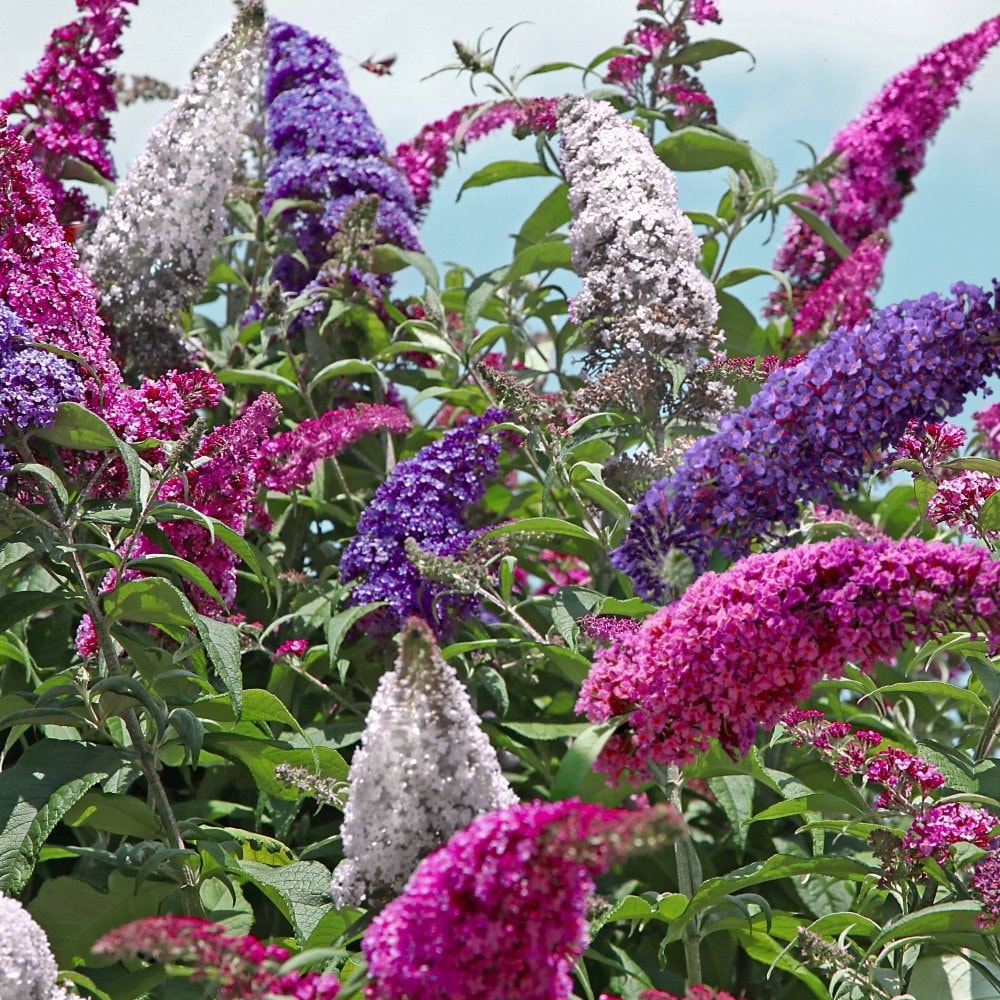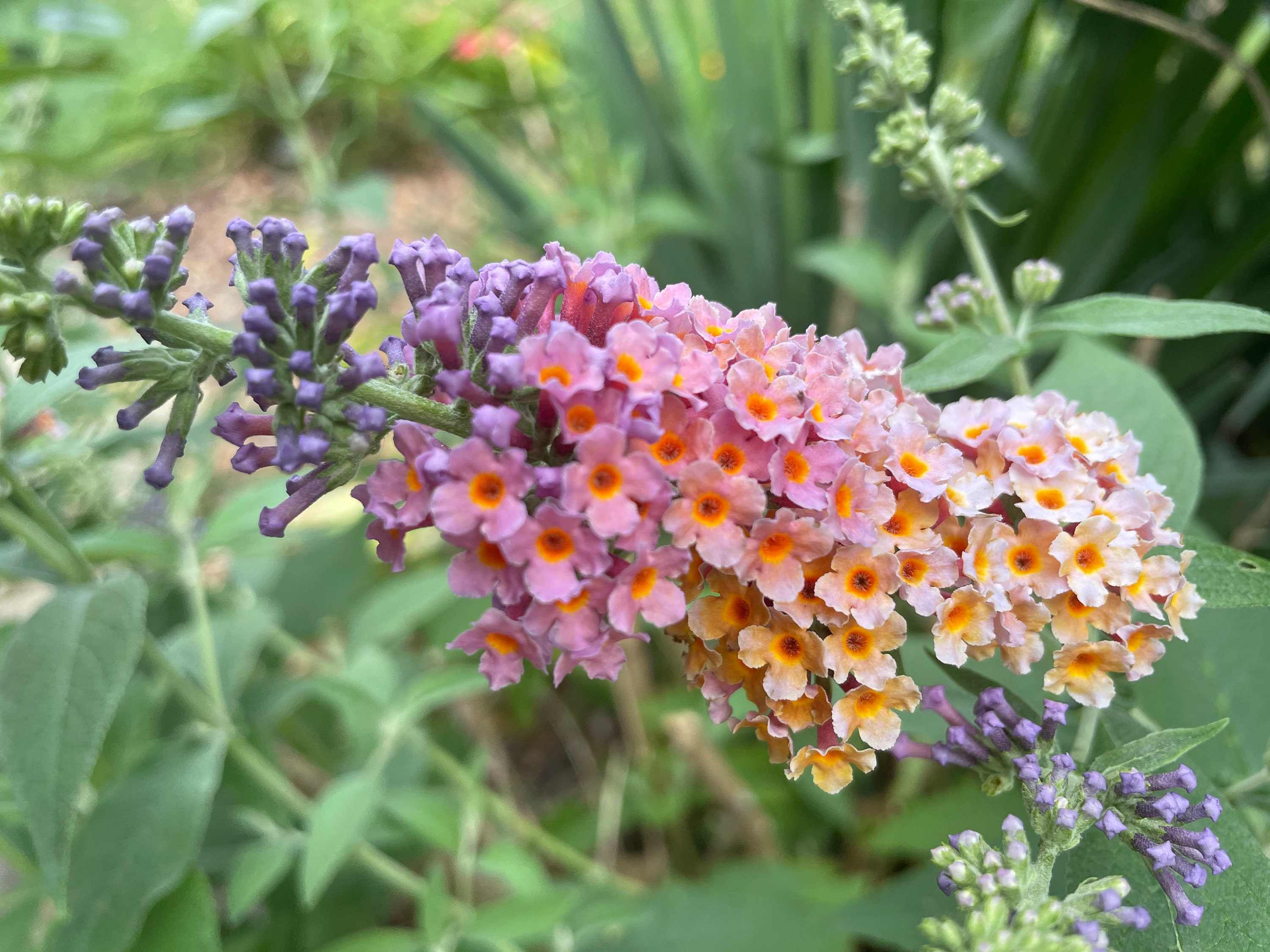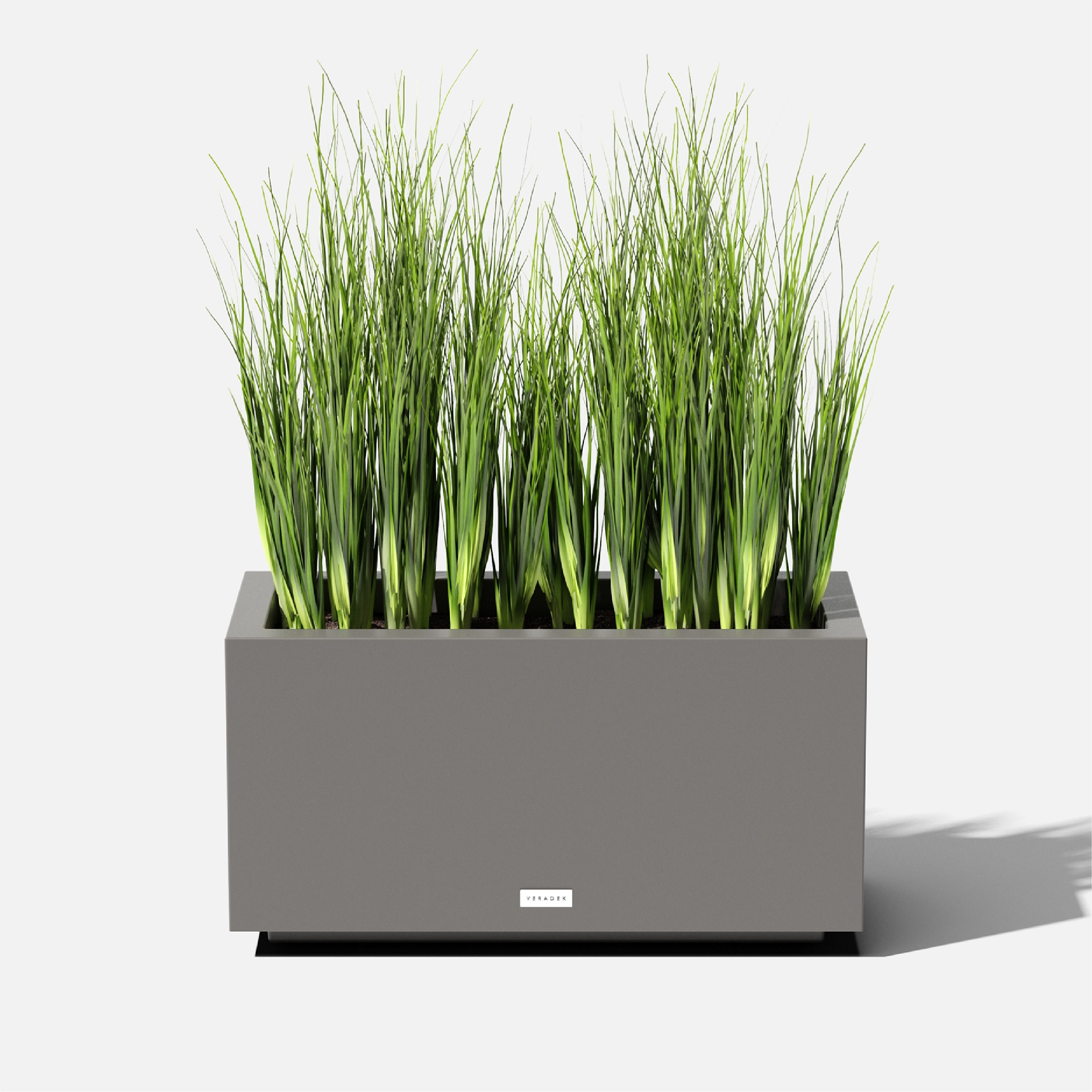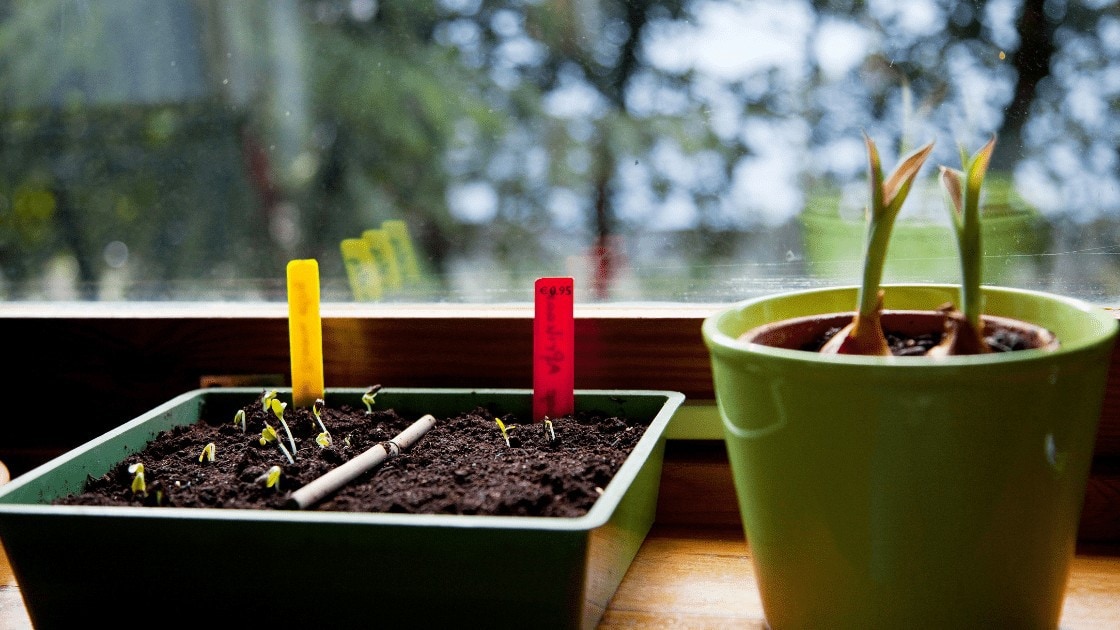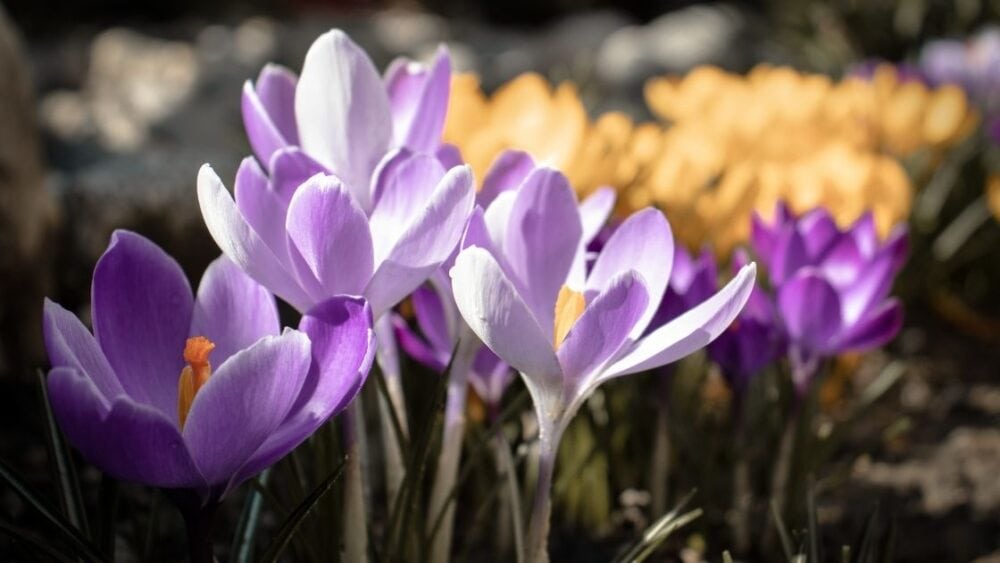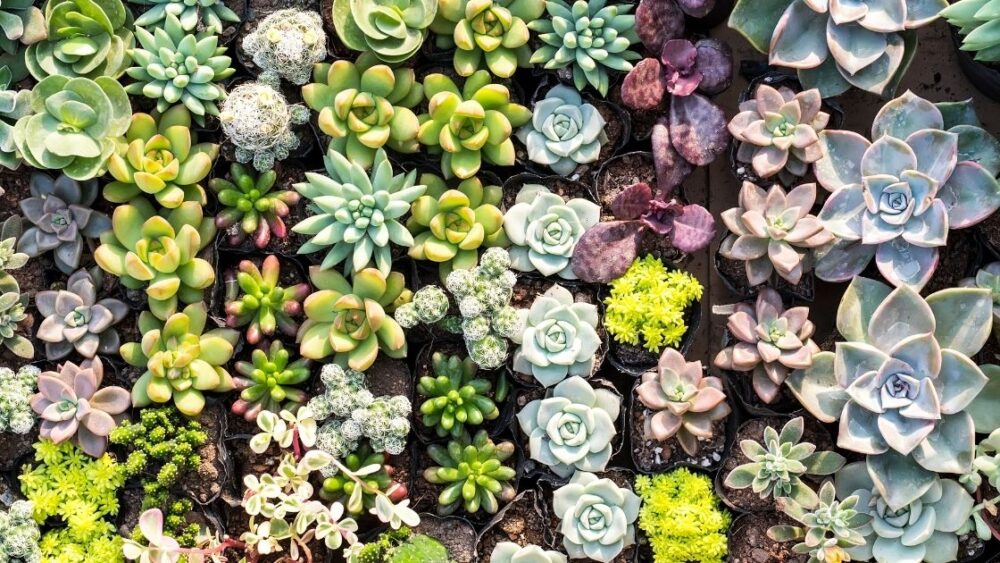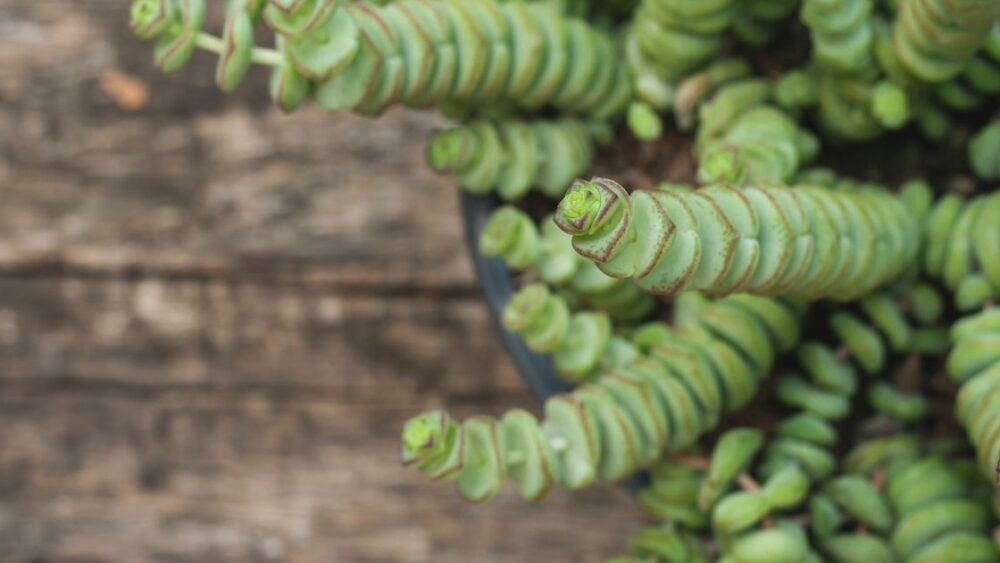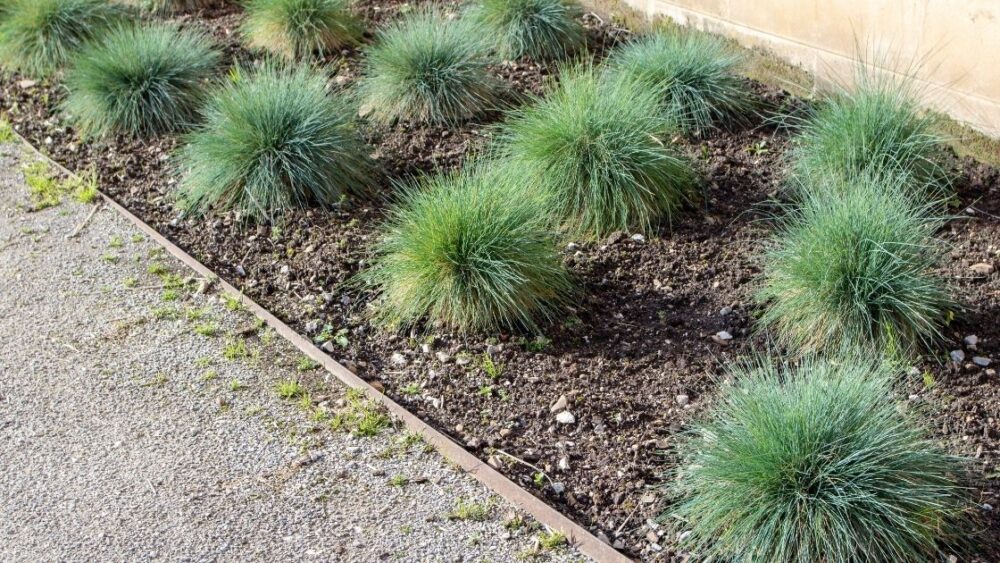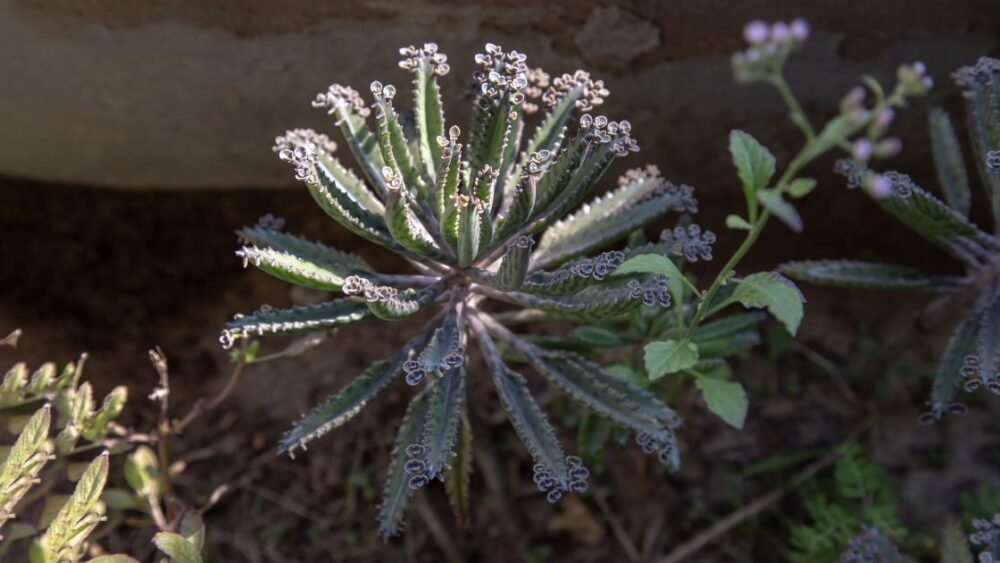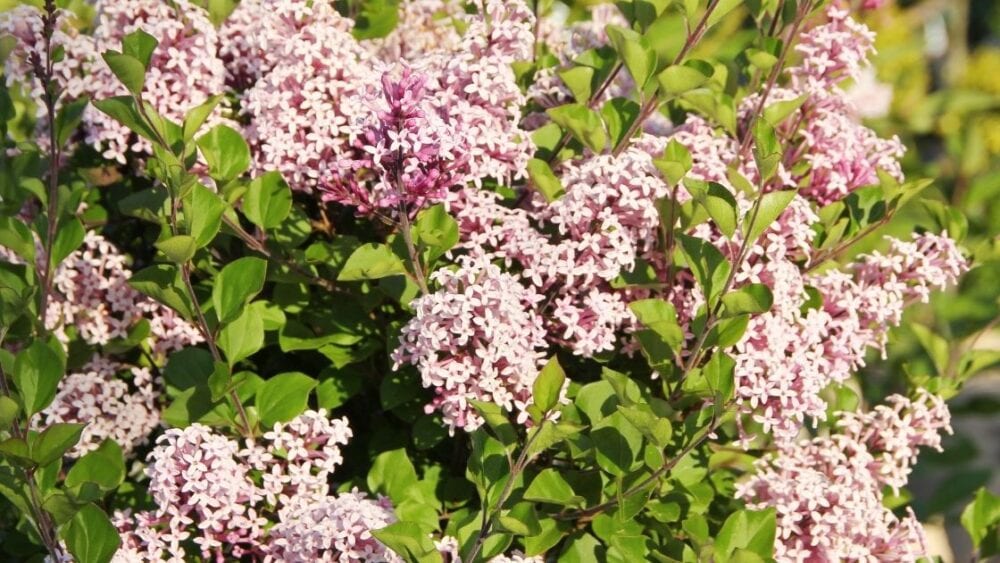
The butterfly bush (Buddleja davidii) wilting is not a commonly encountered problem with this plant and is usually caused by severe stress from overwatering, over-fertilization, very poor soils or extreme light deficiency. Diseases and pests can also be the culprit. In the following paragraphs, we’ll take a closer look at the different causes of wilting and will go over the optimum growing conditions of this plant. Let’s get started!
What Can Cause the Butterfly Bush to Wilt?
Wilting is obviously a late sign of severe dehydration/water transport difficulties and most often occurs when the plant needs more water.
But what if the plant starts wilting even when the soil is still moist? Many gardeners will try to solve this problem by watering even more, which in certain cases may worsen the problem by suffocating the roots. Let’s take a quick overview of the possible causes of wilting in the butterfly bush:
Browse our Affiliate Products
Diseases of the Root System
Those can be difficult to diagnose and most often start because of overwatering or a very compacted soil. Sometimes, root diseases may set in just because of bad luck – a fungus called Rhizoctonia (which can be beneficial for some plants) may colonize the root system of the plant and suck too many nutrients away from it. This can lead to leaf yellowing and wilting.
Repotting is a good solution for this, because it breaks up the fungal networks of the fungus, which take a while to recover.
Overwatering
Overwatering can temporarily starve the roots of oxygen, leading to short-term wilting. However, it can also start a cascade of events that can lead to severe root rot. This depends on your climate and the quality of the soil – some soils and environments can be very resistant to this phenomenon. The symptoms of long-term overwatering are yellowing, falling leaves and wilting that gradually gets worse and worse.
Watering less frequently may solve the problem, but repotting and root cleaning may be required if the problem doesn’t go away on its own.
Over-Fertilization
It’s very rare for a nutrient deficiency to lead to wilting as a sole symptom in otherwise healthy plants. However, applying too much fertilizer may increase the osmotic potential in the root zone too much, creating an inability of the roots to take up water.
Excess ammonium fertilizers may also directly damage the root surface and invite various rotting fungi and bacteria. The problem usually resolves itself after thorough watering with excess water to flush the built-up fertilizer salts away.
Lack of Light
Light deficiency leads to poor overall growth. The plant regulates its height and size based on many factors, one of which being light availability. When large, happy plants are suddenly starved of light after being moved to a shaded spot, they may suddenly experience an energy deficiency and inability to pump enough water to their tallest stems. This can manifest as wilting.
If the plant is not too far-gone, the problem disappears within a few hours of placing the plant in partial shade. Until the plant recovers, avoid strong sunlight as the heat it provides may make the wilting even worse.
Early Morning Frost Damage
Large butterfly bushes have woody stems that are somewhat frost resistant. Young plants with fragile stems however, may experience some thaw damage from early morning temperature drops. This problem occurs in early spring or late autumn.
Mysterious Wilting That Can’t be Explained
Sometimes, the cause of the problem can’t be pinpointed and all you can do is move the plant around, repot it and hope for the best. Changing the soil of potted butterfly bush plants is a very good all-around solution to most problems, including wilting.
Related Posts you might be interested in:
How to Prevent Wilting in Butterfly Bush
Generally, butterfly bushes aren’t prone to wilting, so no specific prevention steps are necessary. For potted specimens that often wilt for some reason, the most important preventative measure is a carefully chosen watering schedule – water as soon as the top layer of the soil starts to dry up a bit, but don’t water too much.
Keeping butterfly bush plants in good health by giving them optimum conditions (which we’ll go over in a minute) will almost always prevent wilting problems and make the plant very resistant to temporary unfavorable conditions.
What to Do to Help a Wilted Butterfly Bush Recover?
Since wilting is caused by dehydration, the first thing to do is to limit the water loss through the leaves. This can be easily accomplished by misting the whole plant – for severe wilting, make sure you mist the underside of the leaves as well, as this is where most of the water loss occurs. Misting should be performed a few times a day, until the plant recovers.
The measures you should take to help the plant recover will depend on the underlying cause of the wilt – for heat stressed plants which haven’t been properly acclimated to direct sunlight, move them away in partial shade and gradually give them more and more sun. For bushes affected by root problems, keep misting after you repot them until they start showing signs of recovery.
Optimum Growing Conditions for The Butterfly Bush (Buddleja davidii)
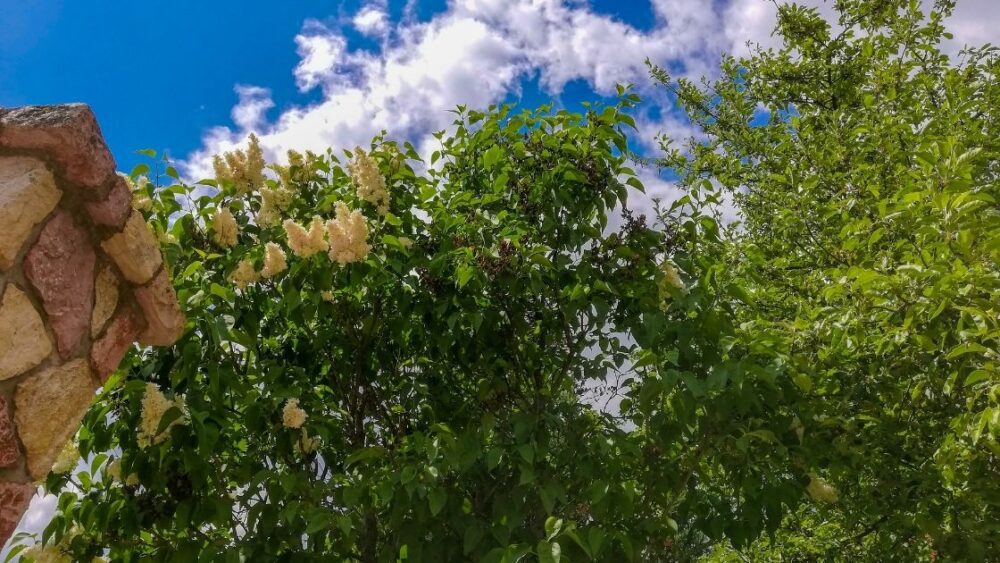
This is an easy to care for plant – some pruning and cutting back is all that’s required. Occasional fertilization and a normal watering schedule (once a week works well) is all the care this plant needs.
In optimal conditions, this bush can grow to more than 10 feet in diameter and height – this of course, is variety dependent and there are around 200 different varieties/cultivars to choose from. Below USDA zone 8, this plant will not reach a giant size, because it will die back each winter.
How Much Sunlight Does it Need?
Butterfly bushes do well in direct sunlight, but can also grow well in partial shade. This is especially true if you don’t want the bush to reach gigantic sizes. In less sunny spots, the bush will usually flower less profusely.
What Temperature is Ideal?
This plant comes from central China, where the climate is very similar to most other places in the northern hemisphere. The only exception is that the minimum temperature it’s used to is just around freezing – around 30F (-1C). With the much lower temperature dips in lower USDA zones (below zone 7), the plant will die back during the winter.
It will come back during the spring and parts of its foliage and stems might make it even through severe frost. Some varieties are more cold-hardy, but this is mostly down to luck and can’t be accurately predicted.
What Type of Soil is Required?
The butterfly bush does well in almost any soil. That said, a well-draining soil will prevent a lot of the potentially disastrous consequences of overwatering, especially if the plant is growing in containers and not in the ground.
For more information on soils, check out this article. The Best Soil for All Types of Gardens.
How Much Water Does the Butterfly Bush Need?
This is highly dependent on your local climate, pot size and humidity. Water around once a week, but skip the watering if the soil still appears moist. If the plant starts wilting and the soil is dry, water thoroughly and up your usual watering frequency.
Will the Butterfly Bush Grow well in Pots/Containers?
Although this is a very large plant, it can grow very well in containers of all sizes – obviously, this will keep it much smaller. Butterfly bush plants grown in containers are much more sensitive to frost, due to the temperature of the root system dropping to that of the surrounding air – the plant will be much more hardy when potted directly in the ground. Burying the pots in the ground also increases the frost tolerance, but obviously isn’t very practical.
Can They be Grown Indoors?
Butterfly bushes can do very well on a south or west-facing windowsill – make sure to cut them back and prune regularly when they start getting too big for their pot.
My Butterfly Bush Is Dying! What Do I Do?
This plant naturally dies back during the winter, only to come back during the spring. If it appears sick during the growing seasons, consider a very basic cause as the culprit – very compacted soil, improper watering, nutrient deficiencies or light deficiencies are usually to blame.
Remember that this is an invasive plant that doesn’t need much care – if you are constantly fertilizing, watering and pruning it, it’s better to leave it alone – it really does thrive on neglect.
Various diseases and pests can infest this bush – if the problem is in the root system it can be hard to identify, but repotting usually solves the problem, regardless whether it’s caused by bacterial root rot or fungal infestations.
Pests on the leaves can be easily identified by a close inspection with a magnifying glass, so that a suitable pesticide can be selected.
Conclusion
The butterfly bush is not prone to wilting. Wilting usually occurs only if the plant is severely stressed by exposing it to direct sunlight without prior acclimation, extreme overwatering/over-fertilization or various root issues.
General solutions, such as changing the watering schedule, moving the plant around and repotting it usually do the trick and get rid of the wilting. Misting multiple times a day for a week or two will help wilted plants recover much quicker.

